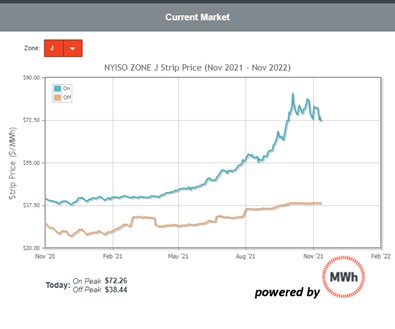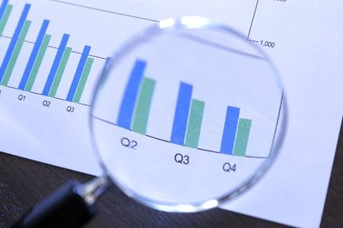While the focus of Climate Change rules has been the reduction of carbon dioxide emissions by being more energy efficient or promoting the use of cleaner fuels, it is also important to remember that greenhouse gas (GHG) emissions are more than CO2. Other GHGs, in fact, have much larger effects on heat retention in the atmosphere than CO2 and regulators are beginning to focus on them. Last month, this newsletter had an article on the Biden Administration attempt to reduce methane emissions.
The American Innovation and Manufacturing (AIM) Act was enacted by Congress in December 2020 to provide authority to the US EPA to address emissions of hydrofluorocarbon emissions (HFCs). In October 2021, the US EPA published standards to phase down production and consumption of HFCs to 15% of their baseline levels in a stepwise manner by 2036 through an allowance allocation and trading program. Reducing HFC production and usage are effective in addressing Climate Change, as HFCs are tens and hundreds of thousands of times more potent as a heat-trapping gas in the atmosphere than CO2. AIM also reversed the HFC deregulation implemented by the Trump Administration that canceled requirements to fix HFC leaks. According to the US EPA phasing out of HFCs could save the economy about $280 billion over the next three decades. At the same time, consumers will likely see little or no change in home appliances as newer appliances will use safer refrigerants, which are readily available and perform as well as HFCs. One estimate stated that this rule will result in the equivalent of a decrease in CO2 emissions of 2 billion metric tons. A global phaseout of HFCs would avoid adding 1⁰F to the world.
The proposed standard for HFC phaseout determines allowance allocation by the US EPA, which will issue allowances on a calendar year basis. Such an allowance cannot be carried over to a subsequent year. There would be three types of allowances: production, consumption, and “application-specific allowances” for six specified uses.
To determine the total number of allowances needed, producers and importers must multiply the quantity of the HFC they seek to produce or import by its exchange value. HFCs that are destroyed in an approved manner within 120 days of production do not count toward its production total.
The US EPA has proposed to issue allowances to companies that produced or imported HFCs in 2017, 2018, and/or 2019 and that the company remain active in 2020 to be eligible to receive an allowance allocation. A mechanism is planned to be created under which new market entrants can apply for consumption allowances to allow a smooth market transition while not creating barriers for potential new participants. The US EPA proposed that the amount of allowances issued to each producer and importer be based on its highest year of production or consumption in 2017-2019. Under the proposal, the US EPA would sum together every company’s highest year amount(s), determine a percentage share for each company, and multiply each company’s percentage by the total amount of available calendar-year allowances.
The proposed rule is out for public comment and changes may be made before finalized. The US EPA hopes to finalize and implement the program in the fall of 2022 to begin in calendar year 2023.
CCES has the experts to help you keep up with the HFC Phase Out Rule, along with all other climate change, air quality, and energy regulations. Contact us today at karell@CCESworld.com or at 914-584-6720.

